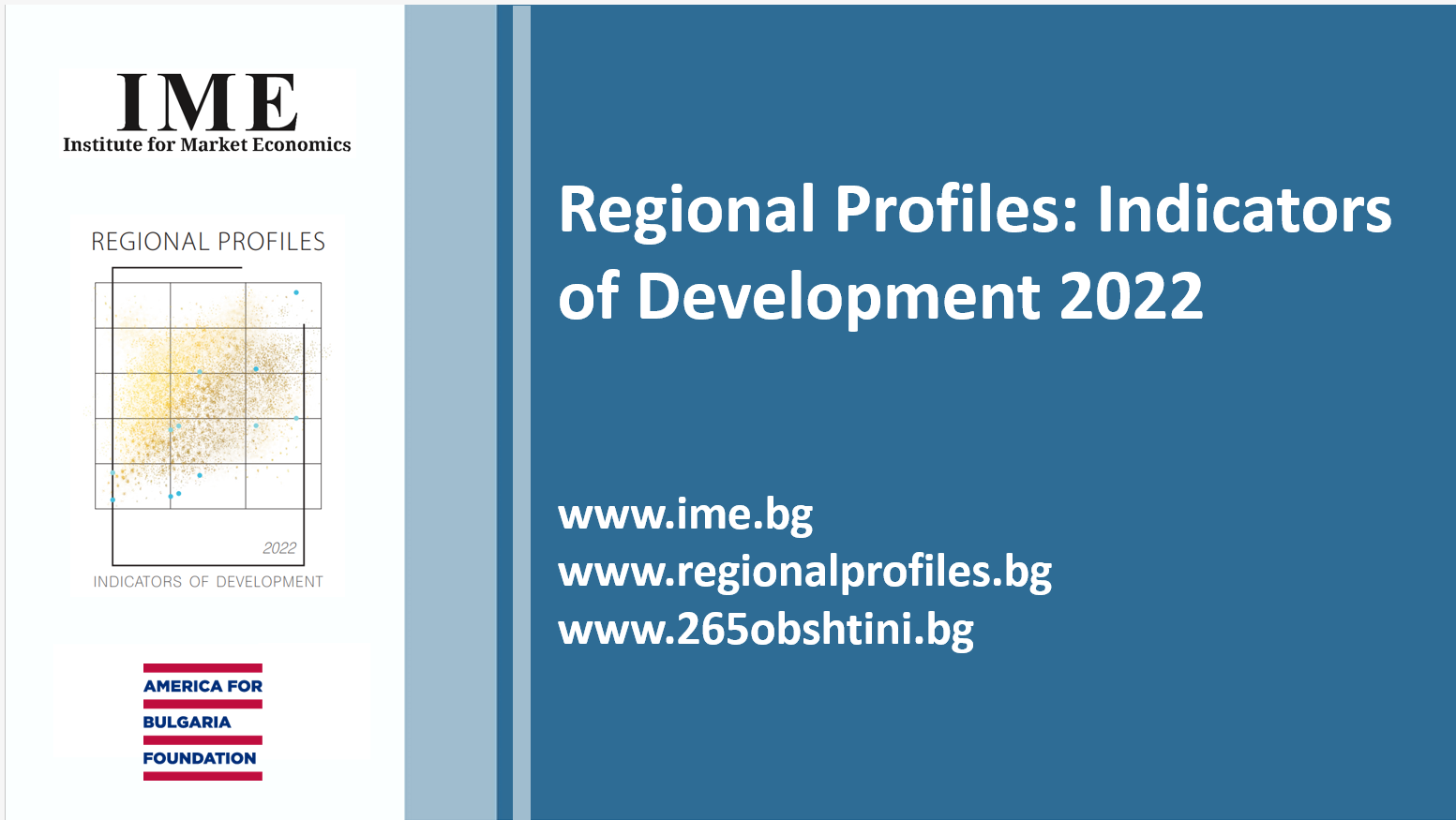20 times difference between municipalities in the absorption of euro funds per person
Every year, the IME processes and publishes information on the distribution of European funds by regions and municipalities within the framework of the "Regional Profiles: Development Indicators" study. This study is essential because European funds are a large and important resource for capital investment ensuring quality of life, business environment and development, but at the same time their disbursement is not always directed where it is most needed.


